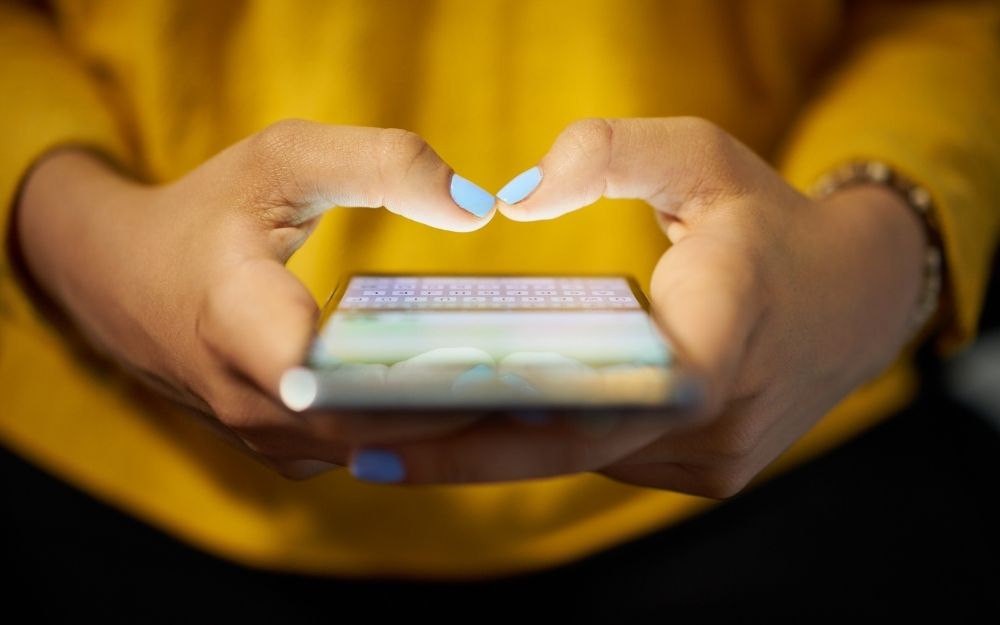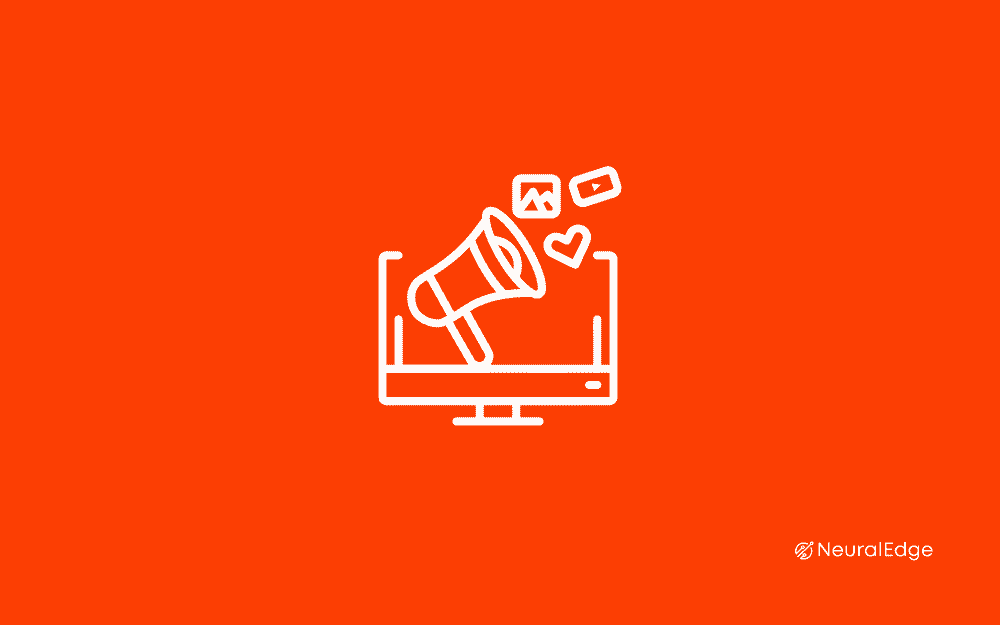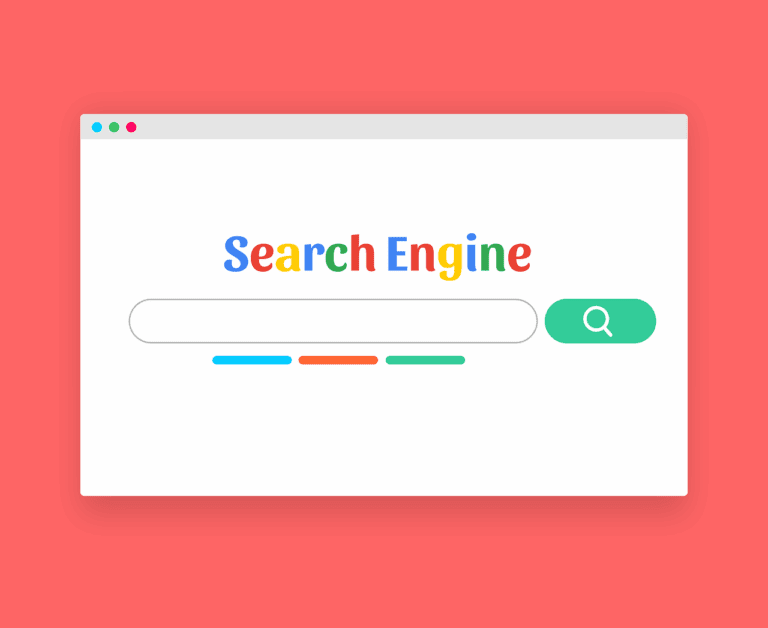Social media is a key marketing channel for raising brand awareness and attracting customers to websites.
With over 40% of consumers regularly using social media to research new brands and products putting a social media strategy in place that outlines key social media guidelines is essential for creating meaningful messages that cut through the noise and resonate with your target audience.
In addition, marketers must know which channels to use to deliver the right message at the right time.
This post covers how to create social media strategy guidelines for your brand to help you connect with your audience with the right message at the right time. It also links to a free online tool our agency uses to create powerful posts that increase social media engagement and generate leads and sales for our clients from social media.
Whether you’re looking for tips on increasing LinkedIn page followers or growing your Instagram this post is for you!
| Social Network | Content Type | Best Days & Times |
|---|---|---|
| Text and image posts with links | Saturday, Sunday, Thursday, Friday at 13:00, 15:00 and 09:00 | |
| Image posts with text | Wednesday, Monday, Tuesday, Thursday, Friday at 12:00, 17:00 and 18:00 | |
| Image posts | Monday, Tuesday, Wednesday at 09:00, 21:00 and 02:00 | |
| Images posts with links | Friday, Saturday, Sunday at 20:00, 23:00, 16:00 and 13:00 | |
| Image posts with links | Tuesday, Wednesday, Thursday at 08:00, 12:00 and 17:00 |
The State of Social Media in 3 Statistics
Understanding the current state of social media is important because it tells marketers how consumers and brands are using and interacting with different platforms.
It’s all too common to see marketing budgets wasted because social media teams haven’t taken the time to properly research customers, trends and which platforms are delivering the best results.
According to Adweek, an incredible 91% of retail brands use at least 2 social media channels. Some are even using as many as 10 at any one time. With so much noise out there, it tells us that every character, emoji, hashtag and gif count when to trying cut through and increase engagement on our social channels.
Another key trend for 2022 is the increasing success of video. Facebook’s 2.45 billion users have a huge appetite for video consumption. Facebook reportedly sees 8 billion average daily video views.
Using tools like Animoto it’s relatively easy to have skin in the game. Similarly, creating a video using an iPhone and free editing software is a quick and cheap way to maximise the opportunity video presents for social media engagement.
71% of Instagram users are younger than 35. If anything, this speaks to the importance of platform choice. Snapchat, TikTok and Instagram are all overwhelmingly used by younger audiences. LinkedIn and Twitter are great for B2B.
Facebook, on the other hand, reports that 10% of global users are women aged 18-24 and men aged 24-35. Taking the time to understand who your customers are and where they are spending their time will pay dividends when you come to create your social media strategy guidelines.

Creating Social Media Strategy Guidelines
When creating social media strategy guidelines or a social media plan there are a number of elements that must be included. A critical first step is understanding who your customers are, where they spend time online and the types of posts and messages they are receptive to.
Surveying customers will help you to create customer personas, part-fictional representations of your target customers. Using real information gathered from customers and qualified assumptions you can build profiles that tell you the age, gender, occupation, location, spending habits and online habits of the customers you are targeting. Doing this will enable you to tailor posts to different customer segments.
The next step is to define the objectives for your social media campaign. If you’re looking to increase brand awareness you might choose reach and engagement. If you want to generate leads and sales you might measure social media referral traffic, conversion rate and sales.
Mapping the content that you will create and post to social media is another critical step in the process. This is where guidelines are important because they should outline the types of content you will post and how it fits with your overall brand message, look and feel.
Finally, you should think about how often you will post on social media and the channels you will use. This will likely be dictated by the time you have available and the information in your customer profiles.
In conclusion, the key elements to include in your social media strategy guidelines are:
- Who you are targeting (customer profiles)
- Objectives for the campaign
- The types and format of the content you will create
- How often you will post to social media
- Which social media channels you will use
- The metrics you will use to measure campaign success

Creating Posts Using The Social Media Post Optimizer
With a strategy in place, you can think about the type of posts that you will create and share on social media. One tool that we use to refine our messages before they go live on our clients feeds is the CoSchedule Social Message Optimizer.
This free tool grades social media messages based on real data and primes posts for engagement on each social channel. When combined with a scheduling platform like Hootsuite you’re guaranteed to see efficiency and engagement go through the roof.
The way that the Social Message Optimizer works is by breaking posts down into a series of categories. These include content type, characters, hashtags, sentiment and emojis. It will also give you an optimum time to post based on the social network. (Once you have your own data you can use that to supercharge your posting schedule).

The key to a successful social media lead generation is right message, right person, right time. If you have a clear customer persona then the Social Message Optimizer will take care of the rest for you. No, really!
Social Media Posting Guidelines
Each social network has its own combination of factors that make the ‘perfect post’. That’s partly why the tool is so useful. You can drill down into what makes a great tweet vs what gets people going on Facebook and LinkedIn.
Social Message Optimizer helps you to optimize social media posts for engagement for 6 networks. Facebook, Twitter, Instagram, Pinterest, LinkedIn and Google+. With the exception of Google+, this is really useful as these are the core network many brands are using to connect with their customers.
To help you create better social media posts we analysed all the results from the Social Media Optimizer and listed the key aspects to consider when creating a post for each social network. These are just guidelines and where possible you should use your own data to optimise your own data to create posts for social media success.

Facebook Demographics
- Key Demographics: 10% of global users are women aged 18-24 and men aged 24-35
- Users: 2.45 billion
Perfect Facebook Posts
- Data shows that the best-performing post type on Facebook are link posts
- Aim for 111 characters to get the most engagement
- Posts that do not use hashtags tend to get the largest reach
- Creating a post with a positive sentiment will help you to get greater engagement
- Using 1 emoji in a Facebook link post will boost your chance of engagement
- Posts on Saturday and Sunday tend to see 32% higher engagement. Posts at the end of the week on a Thursday and Friday also benefit from 18% more engagement
- There are three key times that will help to improve the number of shares and clickthroughs which are 1pm, 3pm and 9am.

Twitter Demographics
- Demographics: 63% percent of users are aged between 35 and 65 [Oberlo]
- Users: 330 million
Perfect Twitter Posts
- The best performing posts on twitter usually contain an image
- Tweets with 103 characters will boost tweet engagement
- The best-known platform for hashtags, try to include up to two hashtags
- Creating a tweet with a positive sentiment will help you to get greater engagement
- You will benefit from including 1 emoji in your next tweet
- The best day to post on Twitter is a Wednesday. Aside from that other weekdays are known to be the best times to share updates
- Twitter users aren’t morning people. Data shows that 12pm, 5pm and 6pm are the best time to tweet with 3pm being the second-best time

Instagram Demographics
- Demographics: 71% of people aged 18-24 use Instagram, 35% of adults used it in 2018 [HubSpot]
- Users: 1 billion
Perfect Instagram Posts
- No prizes for guessing here, images all the way!
- Longer posts with 241 characters perform the best on Instagram
- Instagrammers love hashtags, include 11 in your post for the best results
- Creating an Instagram post with a positive sentiment will go down well on Instagram
- Look to include 3 emojis in your next Instagram post
- Monday’s and Thursday are the best time to post on Instagram. You could try a Wednesday and keep an eye on the results
- Either side of the working day between 8am and 9am and then at 5pm are considered optimal times. You can also reach some users by posting at 2am

Pinterest Demographics
- Demographics: 70% are female, 34% are aged 18-29 in the US [Omnicore]
- Users: 291 million
Perfect Pinterest Posts
- Pinterest is all about the pictures
- Aim for pins that have 215 characters to get the best chance of engagement
- There is no need to include hashtags in your pins
- Creating a Pin that inspires positivity is best practice
- Pins without any emojis are shown to have better engagement that those with emojis
- Saturday is the best day to post your pins followed by a Friday. Most likely when people are searching for weekend inspiration
- Peak time for a pin is 9pm but you can go for any time between 8pm and 11pm. Other popular times are between 2am and 4am and 1pm and 4pm

LinkedIn Demographics
- Demographics: 90 million senior-level influencers, 63 million decision makers [99firms.com]
- Users: 610 million
Perfect LinkedIn Posts
- Posts that have a link are the best performing post type on LinkedIn
- 149-character posts are known to be the optimum length for high engagement
- Posts without hashtags tend to get picked up the most
- Creating a LinkedIn message with a positive sentiment will get the best results
- Unsurprisingly posts without emojis work best on this professional network
- Again, no surprises that the best days to post are Tuesday, Wednesday and Thursday
- If Twitter is about the afternoon LinkedIn is about the morning. Post early around 7-8am and at 12pm to catch people on lunch. Posts at 5-6pm also tend to perform well
Creating A Data-Driven Social Media Strategy
The social media post optimizer is an incredibly useful tool for those who are starting out or reviewing their social media strategy. It’s a data-driven approach that uses aggregated data to help you boost your engagement and reach more of your target audience.
However, it’s not a tool that should be relied on once your social media strategy has been in action for a few months. After this period you will have built up enough data of your own to review your strategy and understand which posts work the best, when the best time to post is and which social networks are delivering the best results for your business.
All of the social media platforms have their own built-in analytics which should be used to analyse your results. Alternatively, you can use platforms like Hootsuite which has analytics built-in and a really useful auto-schedule feature that schedules your posts to get the most engagement based on your own data.
Conclusion
Social media is changing constantly with some of the biggest trends in 2021 being the introduction of stories, the rise of video as a key engagement tool and LinkedIn polls finally arriving on the platform. Creating a social media strategy and reviewing it regularly will help you to keep tabs on these trends and changes in social media and incorporate them to deliver better results for your campaigns.
Big-picture elements aside, creating engaging social media posts is a key part of succeeding although this can take time to perfect. Thanks to CoSchedule’s Social Message Optimizer Tool these pains no longer exist. Combine this tool with your own data to create a social media strategy that will attract, educate and entertain your customers and that will deliver on your long and short term social media objectives.





